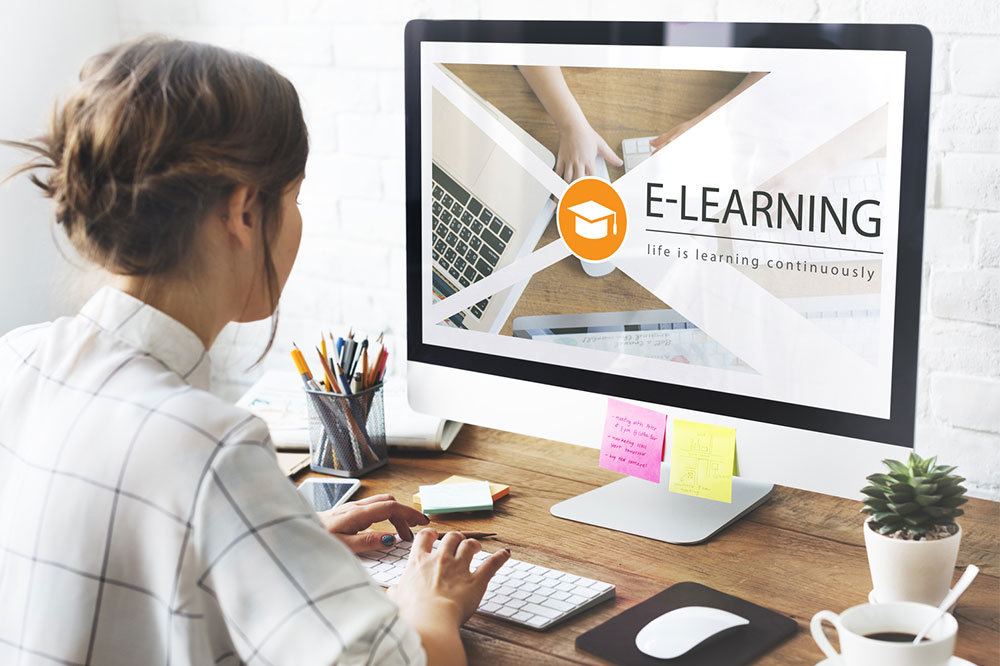Comprehensive Guide to Various Remote Learning Opportunities for Modern Students
This comprehensive guide explores the diverse landscape of remote learning opportunities, including hybrid, self-paced, and online interactive courses. Discover how each format suits different learning styles and lifestyles, helping students make informed decisions for their educational journey. Whether you're a working professional or a lifelong learner, understanding these options enables you to choose the most suitable remote education pathway. This article highlights the benefits and challenges of each program type, offering valuable insights into modern digital learning trends and how they can support your personal and professional growth in a flexible, accessible way.

Comprehensive Guide to Various Remote Learning Opportunities for Modern Students
In recent years, remote education has experienced exponential growth, transforming how individuals access knowledge and skills across diverse fields. Its appeal lies predominantly in its flexible nature, allowing learners to tailor their educational experiences around personal and professional commitments. As technology continues to advance, a wide array of online learning options now cater to different learning styles and needs, making education more inclusive and accessible than ever before. Whether you're a working professional seeking to upgrade your skills, a student aiming for a flexible study schedule, or someone wanting to explore new interests without geographical constraints, understanding the various types of remote learning programs is essential to choosing the right pathway for your goals.
Remote education is not a monolithic experience; it varies significantly based on the program's structure, delivery methods, and level of interaction. The degree of autonomy students have depends on both the institution offering the course and the specific program format. While some courses are designed to be highly independent, others incorporate live sessions, interactive projects, or in-person components to enhance engagement. This diversity in formats provides learners with multiple options to find what fits best with their lifestyle, learning preferences, and professional ambitions.
The landscape of remote learning includes several primary formats, each with unique characteristics and benefits. Here, we explore the most prevalent options available today to help you make an informed decision about which type aligns best with your educational needs and personal circumstances.
Hybrid or Blended Learning Programs
These programs seamlessly combine traditional classroom experiences with online coursework, providing a balanced educational approach. Students attend on-campus sessions at scheduled times, while also completing coursework online at their convenience. This method offers a blend of face-to-face interaction and digital independence, making it ideal for learners who value direct engagement with instructors and peers, yet desire flexibility in managing their schedules. Typically, hybrid programs enable students to benefit from the advantages of both environments—gaining practical experience through in-person classes while enjoying the convenience of online learning for assignments and discussions.
Self-Paced Online Courses
In the realm of remote education, self-paced programs stand out due to their high degree of flexibility. These courses are designed to accommodate learners' individual schedules, allowing students to access study materials such as lectures, textbooks, DVDs, and audio resources whenever it suits them. Without fixed deadlines or live sessions, self-paced courses empower independent study, making them particularly well-suited for working professionals, busy parents, or individuals residing in remote locations with limited access to traditional educational institutions. While these programs require a high level of discipline and self-motivation, they offer an excellent opportunity for learners to acquire knowledge at their own speed and convenience.
Virtual Online Courses with Interactive Components
Virtual online learning programs combine the flexibility of internet-based courses with opportunities for real-time interaction. Students typically access course content through dedicated online portals, participate in live webinars, engage in group discussions, and complete interactive assignments. This format fosters a more connected learning community and allows immediate clarification of doubts. While it provides the freedom to study from any location, success in these courses relies on students' discipline to meet deadlines and actively participate. This model is popular among those who seek a structured online environment that includes both asynchronous and synchronous elements, providing a comprehensive learning experience that echoes traditional classroom engagement through modern digital tools.
Understanding these main types of remote learning options, along with their respective strengths and challenges, can significantly aid learners in selecting the program that best suits their educational aspirations, lifestyle needs, and career objectives. As remote education continues to evolve, it offers unprecedented opportunities for lifelong learning, skill development, and personal growth in an increasingly digital world.





